2012 DREAM NEWS
DREAM completes their workshop on the consequences of lunar impacts November 16, 2012

The DREAM team held a lunar extreme workshop on the effects of meteor impacts on the surrounding plasma, volatile, and dust environment. Impacts of LCROSS-like energies, 10x LCROSS energies and 100x LCROSS energies were considered. Models were run that followed the behavior of the volatilized neutrals, newly-formed plasma, and charged particulates, based on initial conditions provided from a parameterized impact model originally used to characterize the LCROSS impact. A set of unique and new results were identified, and a set of publications from this team-integrated effort are forthcoming. We also had terrific participation from the Valley Christian high school team that had been preparing for workshop involvement via a set of webinars over the previous two months.
DREAM Celebrates International Observe the Moon Night Sept 22, 2012

September 22 was International Observe the Moon Night (InOMN), an annual event to celebrate Earth.s closest neighbor and to share with the public the new science results being returned by recent lunar missions and research, such as that of the DREAM team. DREAM team members participated in several of the more than 500 InOMN events around the world. At Goddard Space Flight Center, over 650 members of the public showed up to observe and learn about the Moon, chat with scientists and engineers, and engage in hands-on activities. To learn more, visit http://observethemoonnight.org/.
DREAM and ARTEMIS team members perform a new study of lunar pickup ions August 23, 2012
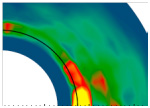
Lead by Jasper Halekas at UC Berkeley, DREAM and ARTEMIS team members examined pickup ion trajectories via spectrometers onboard the twin ARTEMIS spacecraft to constrain both the mass of the ions and their source location. This latest work is featured in the Journal of Geophysical Research. http://www.agu.org/pubs/crossref/2012/2012JE004107.shtml
DREAM scientists prepare for the upcoming Lunar Science Forum July 13, 2012
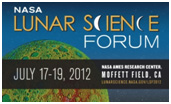
Near the 43rd anniversary of Apollo 11's historic lunar landing, the NASA Lunar Science Institute hosts its Forum from July 17-19 at NASA Ames Research Center at Moffett Field CA. DREAM investigators and collaborators will provide over 20 presentations as primary or secondary authors. The agenda is found at http://lunarscience.nasa.gov/lsf2012/agenda
Plasma entry into polar craters during solar storms June 22, 2012

DREAM post-doc Mike Zimmerman lead a study on the charged particle and surface charging changes expected within polar craters during the passing of a solar storm. This work is part of the Solar Storm/Lunar Atmosphere Model (SSLAM) effort. The effects of plasma sputtering on volatiles and charge dissipation on roving objects were both analyzed within the framework of a 2D particle-in-cell simulation of the plasma environment expected within polar craters/cold traps. The paper (in press version) can be obtained at http://www.agu.org/pubs/crossref/pip/2012JE004094.shtml
Electric Moon Jolts Solar Wind May 30, 2012
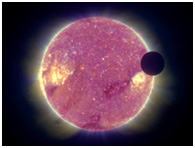
DREAM Co-investigators Jasper Halekas and Andrew Poppe have discovered a precursor plasma layer propagating upstream of the Moon. A web-feature describing this new fluid layer can be found at http://www.nasa.gov/topics/solarsystem/features/electric-moon.html.
DREAM Co-I Hurley presents the 2D distribution of lunar polar ice at the NLSI Seminar May 01, 2012
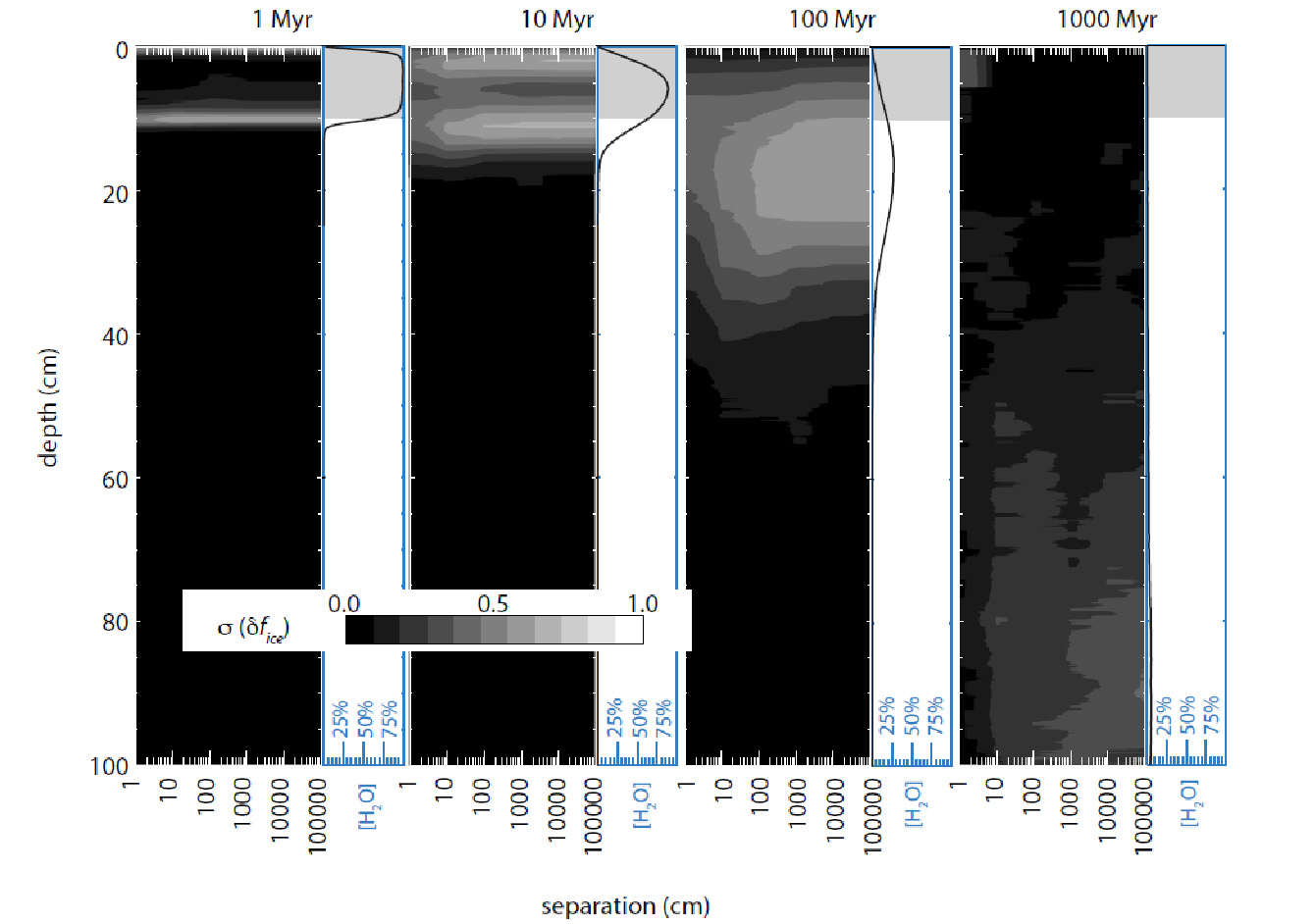
Dana Hurley is a DREAM co-I and planetary scientist at the Johns Hopkins University Applied Physics Lab. She studies volatiles on the Moon both in the sparse exosphere and in the lunar regolith. She investigates them as a Co-I on the LRO LAMP instrument and through computer modeling as part of the NASA Lunar Science Institute. She earned a Ph.D. and M.S. in Space Physics and Astronomy from Rice University and a B.A. in Physics from The Johns Hopkins University. The online recording of her 4/24 seminar entitled .2-D Distribution of Ice in Lunar Cold Traps. can be found at http://lunarscience.nasa.gov/event/nlsi-directors-seminar-dana-hurley-johns-hokins-university-applied-physics-lab/.
DREAM Co-I Halekas describes recent ARTEMIS finding at the NLSI Seminar Apr. 10, 2012
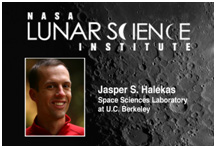
Jasper Halekas is a research scientist at the Space Sciences Laboratory at U.C. Berkeley and a key member of the DREAM lunar science team. He is also the acting deputy PI of ARTEMIS, instrument lead for the Solar Wind Ion Analyzer on the MAVEN mission, and an investigator on the Solar Probe Plus mission. A video recording of Jasper's presentation on "Using ARTEMIS observations to connect the space plasma environment to the surface and exosphere" can be found at http://lunarscience.nasa.gov/event/nlsi-directors-seminar-jasper-halekas-space-sciences-lab-at-u-c-berkeley/
CME-created Sputtering Enhancement paper now published in JGR-planets March 15, 2012
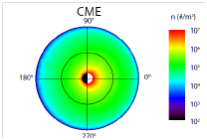
The Killen et al. prediction of enhanced atomic sputtered during the 2 May 1998 CME passage past the Moon is now published in JGR-planets. For those without subscription, the author has 50 free electronic copies that can be easily downloaded.
DREAM submits its Program Year #3 Annual Report Now Online March 1, 2012
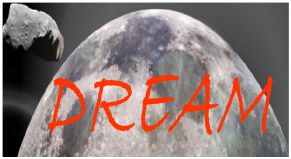
A report summarizing DREAM's primary accomplishments of its first three years of activity was submitted today to NLSI-central. DREAM team members have produced 35 papers to science journals, given over 130 conference presentations, and have been active in E/PO efforts like the International Observed the Moon Night and Maryland Day. The full 41-page report can be download at Annual Report PDF
Vesta Cold, Dark, & Might Contain Ice: DREAM modelers apply their environmental analysis to a small(er) body Jan. 25, 2012

Though generally thought to be quite dry, roughly half of the giant asteroid Vesta is expected to be so cold and to receive so little sunlight that water ice could have survived there for billions of years, according to the first published models of Vesta's average global temperatures and illumination by the sun presented by Tim Stubbs of the DREAM team.
See http://www.nasa.gov/mission_pages/dawn/news/dawn20120125.html.
2011 DREAM News

